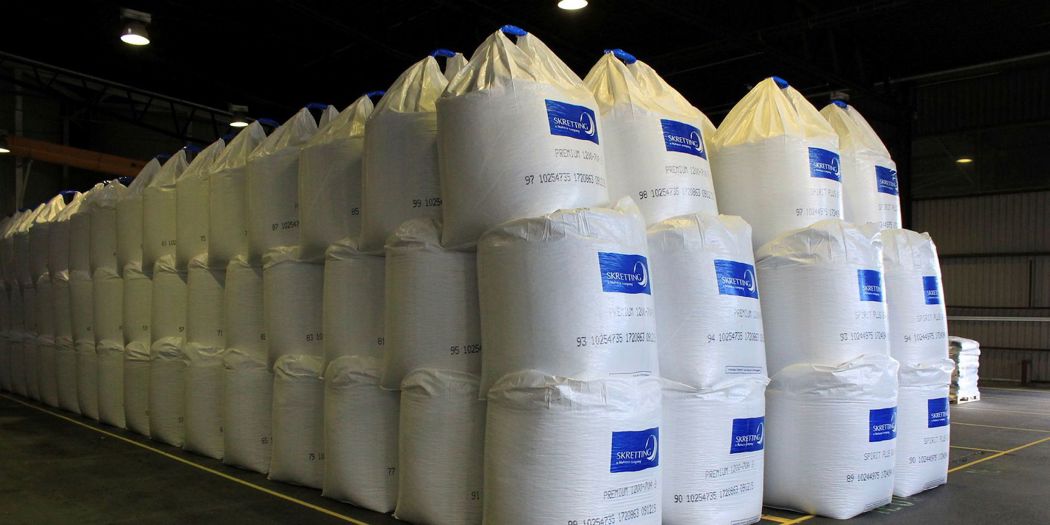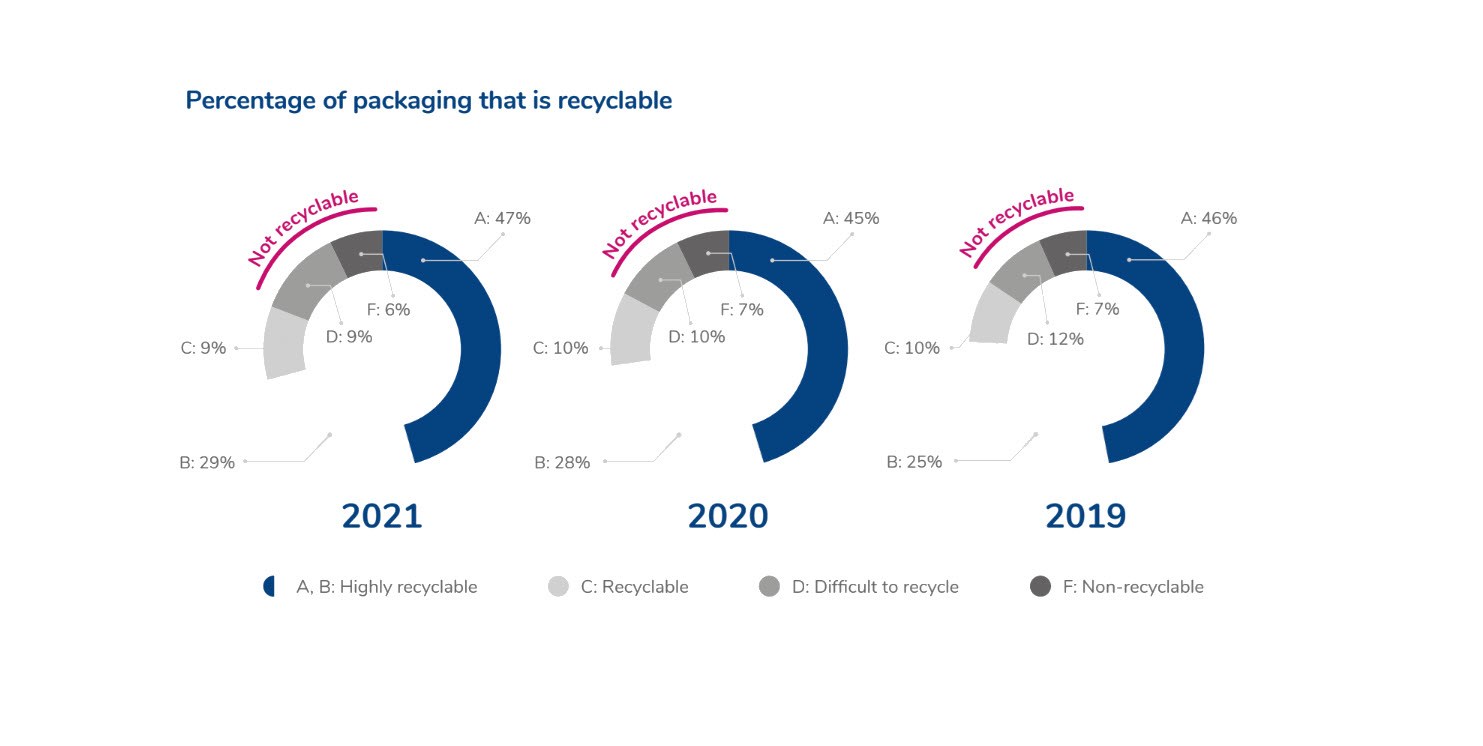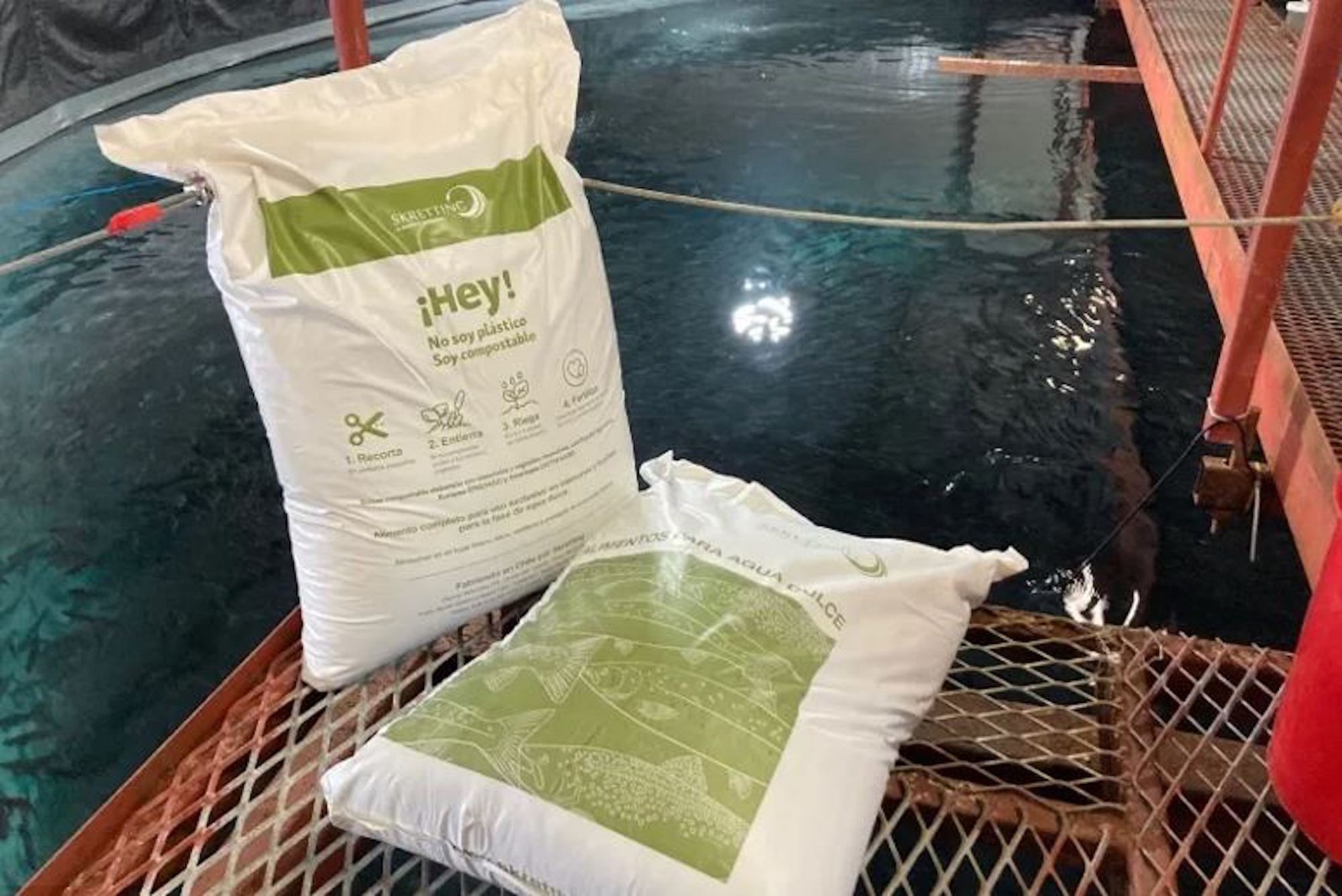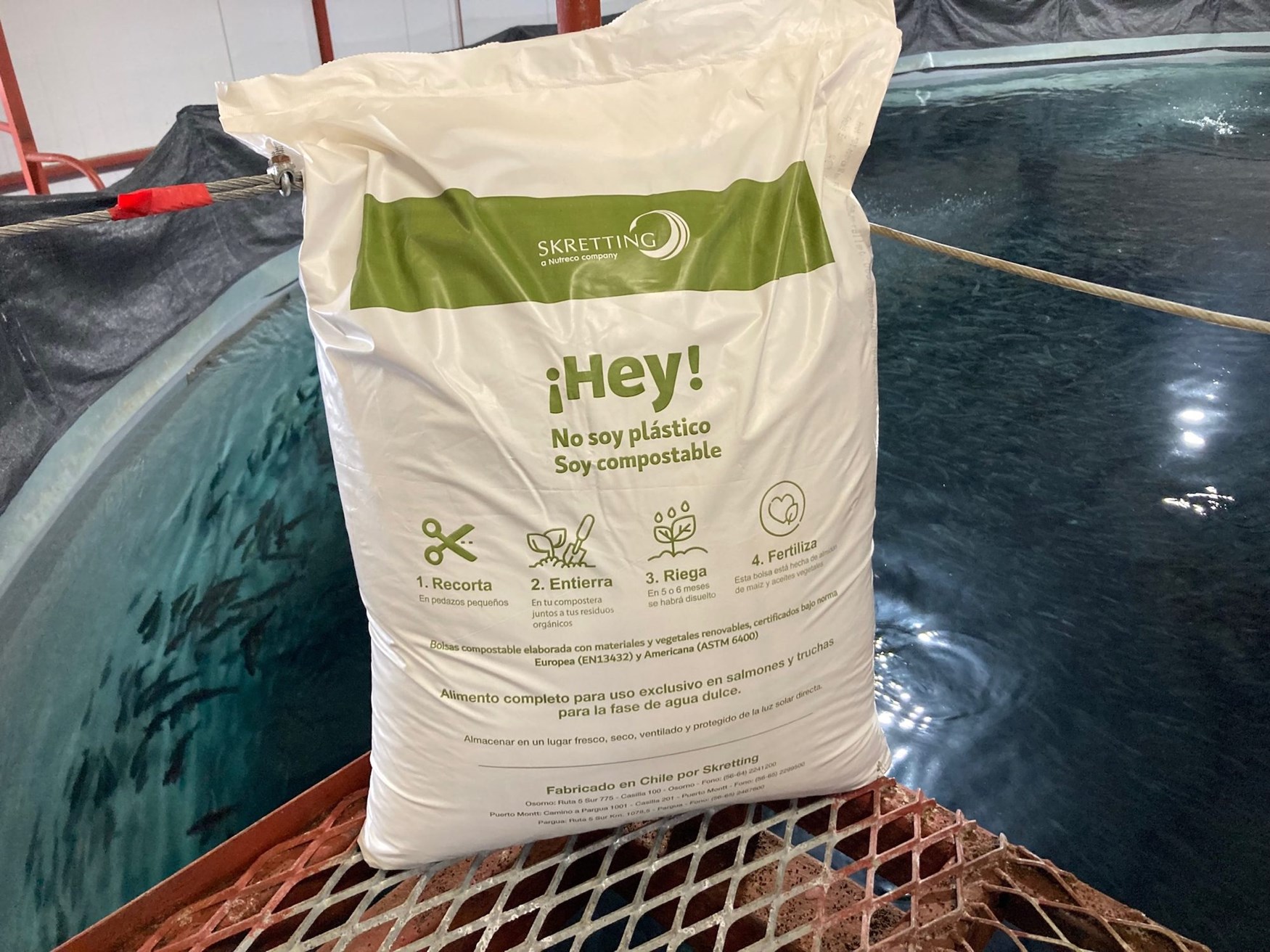In our RoadMap 2025, we have set circularity goals for packaging. By 2025, our ambition is to make 100% of our packaging either recyclable, reusable or compostable. This ambition is not a global RoadMap 2025 target for Nutreco, but relevant for markets and geographies where conditions and demand exist. The first step in this journey has been to assess where we currently stand. Over the past year, we have created a database containing relevant aspects such as the materials, weight and composition of our packaging.




